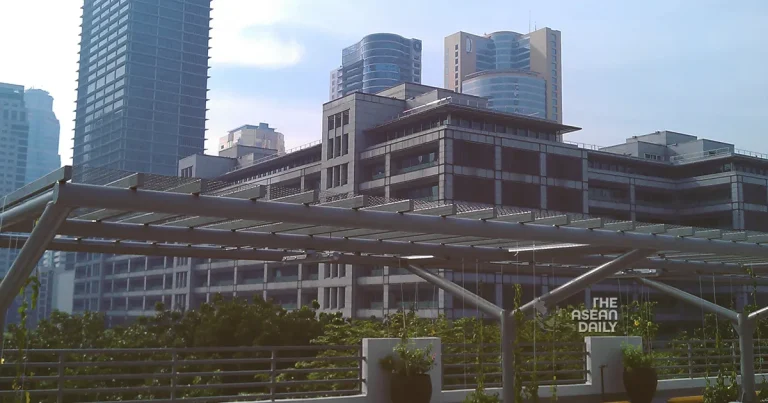29-9-2023 (MANILA) The Asian Development Bank (ADB) revealed groundbreaking capital reforms on Friday, poised to unleash a staggering $100 billion in new financing capacity over the span of a decade. This strategic financial overhaul comes as the institution broadens its mission beyond development and poverty alleviation to combat global crises, particularly climate change.
Headquartered in Manila, ADB announced its intention to recalibrate its risk appetite and lower its minimum capitalization threshold, all while preserving its prestigious AAA credit rating. This shift will facilitate a nearly 40% expansion in lending commitments, amounting to approximately $36 billion annually.
In a Reuters interview, ADB Managing Director General Woochong Um highlighted that their efforts would outpace similar measures introduced by the World Bank earlier in the year. He emphasised that, when comparing “apples to apples,” ADB’s reforms would result in twice the increase in new lending.
Historically, ADB has adopted a more conservative approach, maintaining a higher risk-adjusted capital ratio than its counterparts, including the World Bank. According to Roberta Casali, Vice President for Finance and Risk Management, this decision allowed ADB to take a “granular” approach to risk analysis and reduce estimates of unexpected losses. Consequently, the bank could free up more resources from its capital structure than other financial institutions.
To fortify these reforms and provide reassurance to credit rating agencies, ADB established a new $12 billion Countercyclical Lending Buffer fund. This fund can be deployed to assist ADB member countries during unforeseen crises, thereby stabilising their situations and preventing potential loan losses.
Concurrently, the World Bank disclosed its proposal for new capital measures aimed at adding over $100 billion in fresh lending over the coming decade, on top of the $50 billion expected from prior initiatives. These measures involve the use of debt-like hybrid capital and an expanded reliance on loan portfolio guarantees.
As global discussions heat up regarding the expansion of lending to confront climate change, pandemics, food insecurity, and fragility, the annual meetings of the World Bank and IMF in Marrakech, Morocco from October 9th to 15th are expected to revolve around this pivotal issue. With the annual climate transition financing needs in developing nations estimated at a staggering $3 trillion, it is clear that significantly more capital, private sector involvement, and innovative solutions will be necessary to address these monumental challenges, as emphasized by ADB officials.
“In the end, developing Asia requires trillions of dollars, so we must shift from billions to trillions,” noted Um. “Both the World Bank and ADB must do everything in our power to maximise the use of our balance sheets.”




